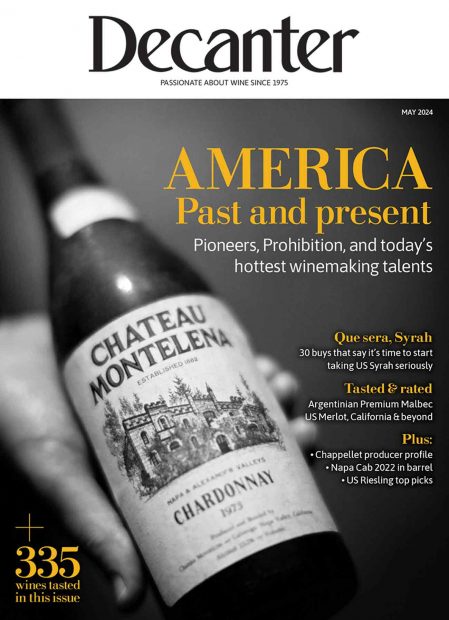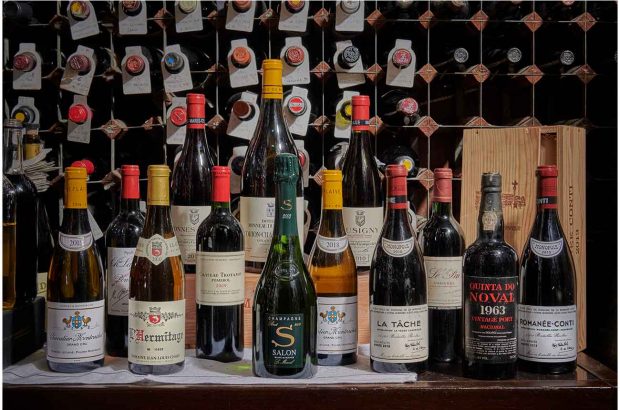Andrew Jefford discovers Costières de Nîmes...
At last: a solution to the vexed identity of the Costières de Nîmes. It was Michel Gassier, for long one of the zone’s most dynamic growers, who pointed it out when I travelled to the region recently. It’s not Languedoc, and it’s not Provençe, either. It’s the Camargue. Costières de Nîmes is the key wine-growing zone of Western Europe’s largest river delta, famed for its semi-wild white horses, its marshy bird life, its ferocious mosquitos and its little black fighting bulls.
Identity has long been a key question for growers here. The region began the modern era as VDQS ‘Costières de Gard’ in 1951. Since Gard counted as a Languedoc regional département, that put it in the Languedoc family. In 1989, though, it switched to the Rhône family (and remember that around 30% of Côtes de Rhône in fact comes from the Gard) when it acquired its Costières de Nîmes appellation.
The switch was challenging at first: ‘All the Languedoc merchants said “bye-bye”,’ remembered Gassier, ‘and all the Rhône merchants said “We don’t need you”.’ The region turned to export, which still accounts for 40% of production in value terms.
You might be thinking that a gigantic, mosquito-plagued delta doesn’t sound like great terroir. If that’s all it was, you’d be right. This, though, is where the Rhône identity mingles with the Camarguais. The Rhône reaches the sea via a multitude of ever-changing mouths, as it always has done, and the braided river has, over hundreds of thousands of years, dumped huge terraces and banks of rolled pebbles en route – most famously, the galets roulés of Châteauneuf du Pape.
The Costières de Nîmes occupies another such area of raised pebble banks, clearly standing 30 metres or so above the marshy delta itself – indeed this is the biggest single ‘terrace villafranchien’ in the whole of the Rhône (the Villafranchian is the geological age, between 3.5 and 1 million years ago, during which most of this action happened).
Viticulture here pre-dates Roman times, beginning with the Greek colonists who founded Marseilles and other southern French cities. The beautiful 18th century maps created for the whole of France by four generations of the Cassini family also reveal around 10,000ha of vines on these terraces. Nowadays the vines occupy 4,500ha. The cowboys of the Camargue (called gardians here) have always had wine to wash down their steak.
Is it a different terroir to Châteauneuf? Certainly. It’s much closer to the sea, and much more clearly maritime.
‘The sea wind comes in every afternoon in summer,’ points out Jérôme Castillon of Château l’Ermitage, ‘and the temperature drops from 36˚C to 31˚C.’ These ‘maritime entrants’, as they are locally called, always bring moist air as well as cooling breezes – and that’s something the Mourvèdre loves. This is a very long-established variety here; indeed it was often known in the Southern Rhône as the ‘plant de St-Gilles’, Ste Gilles being a village in the middle of the great Costières terrace.
The region’s other key variety is Syrah (2,500ha out of the 4,500ha) of fleshy, voluptuous style. Grenache makes up the trilogy, but it is less widely planted here than in Châteauneuf; there is Carignan, too. The mistral, by the way, blows less forcefully here than in Châteauneuf, and Costières de Nîmes has fewer sandy zones.
Most of the wines here are red (55%), but the rosé boom means that 35% are pink; yet the remaining 10% of whites can impress. Indeed Costières de Nîmes encloses the old historical white wine appellation of Clairette de Bellegarde – but only 7ha of that remain in cultivation today, and all of the really exciting Clairette is found up in Châteauneuf. The region has a project to get two internal crus (or rather ‘complementary geographical denominations’, since the word cru is a sensitive one in Rhône culture) recognised: St Roman in the north, and Franquevaux in the south, for wines made with stricter production regulations than basic Costières de Nîmes.
The big challenge for the Costières de Nîmes, as for all of the satellite appellations which cluster around the ‘core’ of the Rhône, is to be taken seriously. Bulk prices for the Costières lag those of the Côtes de Rhône, and you can’t make fine wine without being rewarded for the sacrifices it requires. The top wines of the region’s leading estates, though, find consumers at a retail price of between 20 and 30 euros, so the quality ladder is in place. The cowboys intend to climb it.
Tasting Costières de Nîmes
My notes are based on a blind tasting of 40 Costières de Nîmes reds, complemented by sighted tastings of both reds and whites at three further domains (all of which had also submitted red wines for the blind tasting). Here is a selection of ten of the best.





